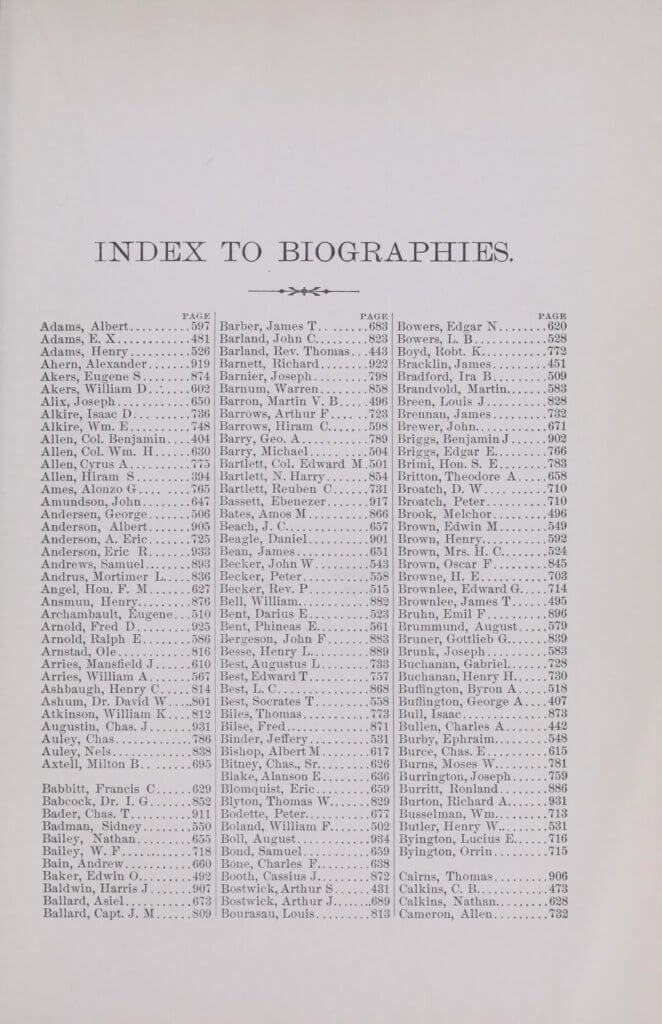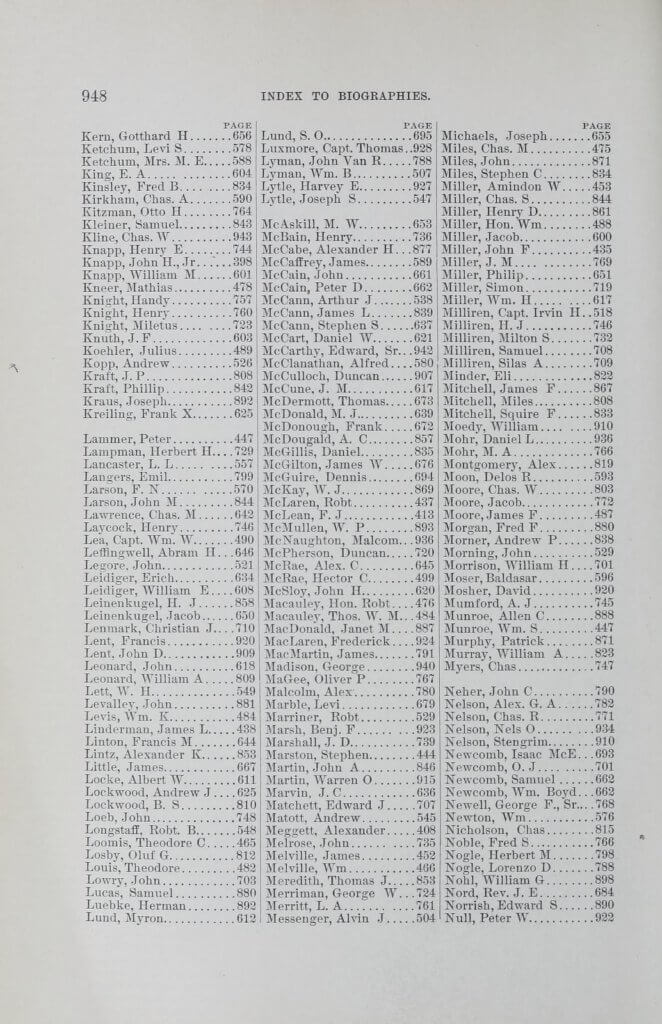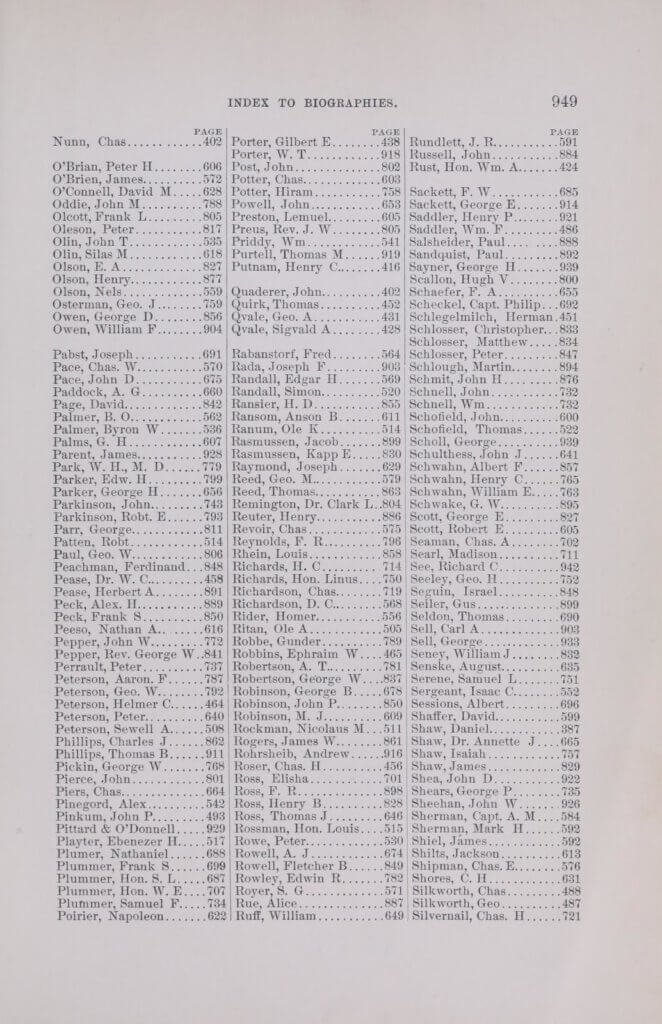Historical and Biographical Album of the Chippewa Valley, Wisconsin by George Forrester presents a meticulous examination of the development of cities and villages within the Chippewa Valley through the lens of their industries, schools, and churches, reflecting the region’s evolution towards advanced civilization. Published between 1891 and 1892, the work diligently compiles historical data from numerous authoritative sources, such as Consul W. Butterfield and Moses M. Strong, to accurately reflect the area’s history, particularly emphasizing its significance as a lumber-producing region. This book also includes an extensive array of biographical sketches, sourced directly from the families described, ensuring both the authenticity of the information and its value to future generations. Forrester acknowledges the contributions of numerous local figures and residents, whose cooperation was pivotal in capturing the rich historical and personal narratives that characterize the Chippewa Valley.
In the production of the following pages the effort has been to show the growth of every city and village in the Chippewa Valley, through their industries, schools and churches. These are certain indications of the progress of the people toward the higher civilization. In perusing this work it should be borne in mind that it treats, first, last and all the time, of a lumber-producing country.
The historical data have been collected from such works as the “’History of the Discovery of the Northwest in 1634,” by Consul W. Butterfield; his historical sketches in the “Historical Atlas of Wisconsin,” published in 1878; the “History of Wisconsin,” by Wm. R. Smith, Vols. I. and III. — (Vol. II. was not published); the “History of the Territory of Wisconsin from 1836 to 1848,” by Moses M. Strong; the “Blue Books of the State of Wisconsin,” etc., and particularly Thomas E. Randall’s “History of the Chippewa Valley,” which has been relied on for many details of the period of which it treats. Some difficulty was experienced in getting exact dates from many of the old settlers. They could remember the circumstances of which they spoke readily enough, but their memories were not always perfect as to the precise time when they occurred. In many instances they were corrected by the female members of their families, whose recollection in this respect appears frequently to be more acute. There was a difficulty, too, in obtaining the true orthography of surnames, especially of those from the continent of Europe. No pains, however, have been spared in securing as much accuracy as possible in regard to these details. The compiler takes this opportunity of thanking, most heartily, all those ladies and gentlemen who furnished him with the information he was in search of, among whom may be mentioned the editors of the leading journals throughout the Valley, the county and city officials, the clergy, the officers and members of the various societies, the managers of the numerous industrial enterprises, and many others. In traveling through the Valley he did not meet with a single refusal to answer his enquiries. If the historical part of this work meets with the appreciation of its readers, the compiler will be well rewarded for his pains.
The biographical sketches were so numerous that they have necessitated as brief treatment as the circumstances would warrant, and the publishers have been compelled to depend mainly upon the members of the respective families for the reliability of the facts set forth. No pains have been spared to make this department accurate, and it is believed that it constitutes a most interesting portion of the work, and that it will increase in value with the lapse of time.
Notes About the Book
Index to names of biographies only. No full-name index.
Index to Biographies






Source
Forrester, George. Historical and biographical album of the Chippewa Valley, Wisconsin, including ancestral records, biographies, and portraits. Chicago, IL : A. Warner Publisher, 1891-2.
